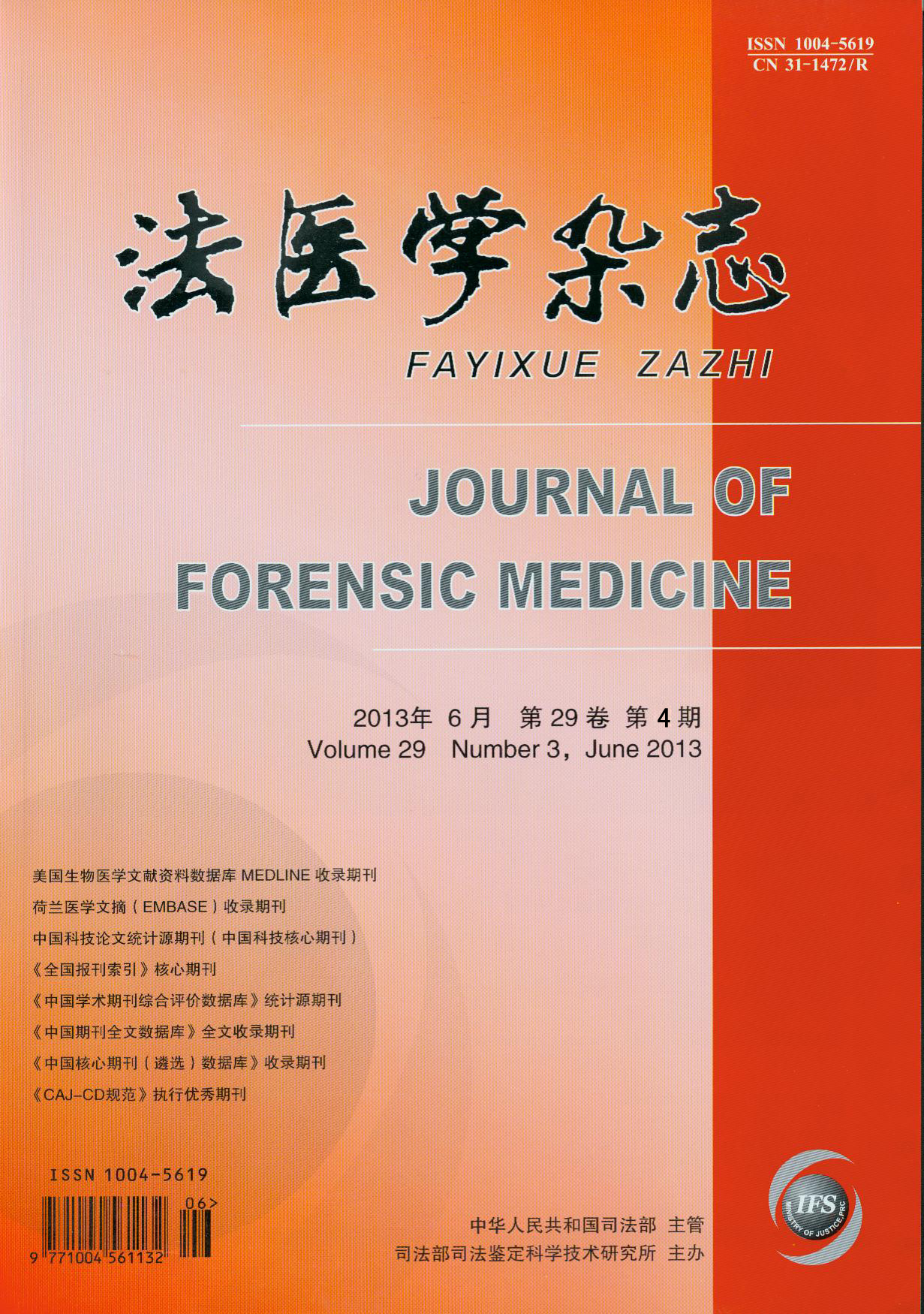|
|
Characteristics of Recidivism in Patients with Mental Disorders: 156 Cases Analysis
LIU JIAN-MEI1, Lü PAN, HU JUN-MEI
2013, 29(4):
278-281.
DOI: 10.3969/j.issn.1004-5619.2013.04.011
Objective To analyze the characteristics of recidivism in patients with mental disorders, including criminology, clinic and guardianship, in order to provide references for preventing recidivism. Methods Using the self-designed questionnaire, 156 psychotic patients who had repeated crimes were appraised by West China Forensic Science Center of Sichuan University from 2007 to 2011 and the data were collected and analyzed. Results In the majority of these cases, patients were male, 26-45 years old, junior high school or below diploma, unmarried, and farmers or jobless. Each patient broke law 3.26 times on average. The main crimes were intentional injury (34.6%) and murder (15.7%). Within 5 years after diagnosis with mental disorder, 56.4% of the patients committed first crime. Within 1 year after the first time breaking the law, 55.8% of them repeated crimes. The diagnoses of schizophrenia (63.5%) were in the majority. The assessment results were mostly irresponsibility (61.5%). Among the patients, 44.9% of them didn’t receive treatment while 34.6% of them were out of supervision. After the first crime, 66.1% of them didn’t receive criminal prosecution while only 7.1% of them went through the appraisement of forensic psychiatry. Conclusion Most of the patients had low education and low income. Meanwhile, low outpatient rate and pool supervision occurred in this special crowd. A good system for care and treatment of these mental patients should be built to prevent them from recidivism.
Related Articles |
Metrics
|


